- Written By Team DWS
- Festivals
- May 05, 2025
Celebrate National Limerick Day: Crafting Clever Rhymes
National Limerick Day is upon us, a whimsical holiday that invites poetry lovers and casual verse enthusiasts alike to indulge in the playful art of limericks. Celebrated on May 12th each year, this charming occasion commemorates the birth of Edward Lear, the 19th-century English poet renowned for popularizing this distinctive five-line form. If you’ve ever found joy in rhyme or rhythm, then this day offers the perfect opportunity to unleash your creativity and craft some clever lines of your own.
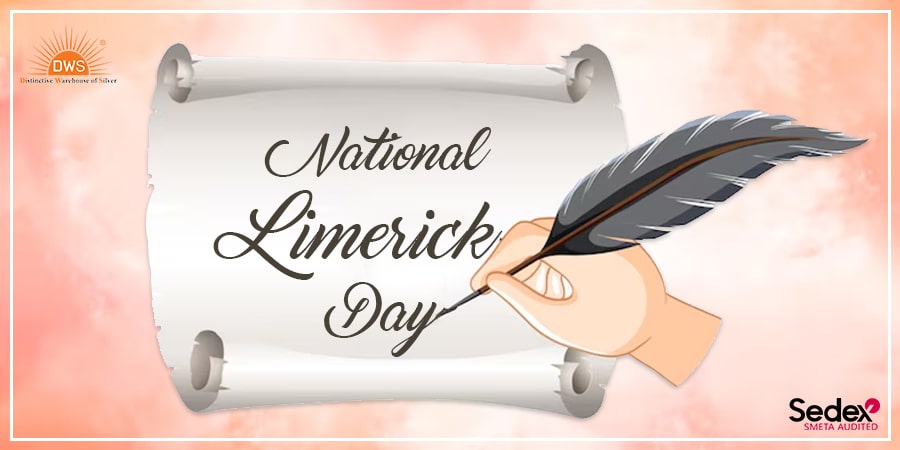
The Anatomy of a Limerick
Before diving into writing, let’s explore what makes a limerick truly special. Traditionally, limericks consist of five lines with a specific rhyme scheme and rhythm. They adhere to an AABBA scheme: the first, second, and fifth lines rhyme together, while the third and fourth lines feature a different, shorter rhyme. Additionally, limericks often possess a distinctive meter, typically anapestic or amphibrachic, creating a lively and upbeat rhythm that makes them delightful to read aloud.
For example, a classic limerick structure usually reads as follows:
- The first line usually introduces a character and a location.
- The second line builds upon the narrative or character.
- The third and fourth lines often take a humorous twist or unexpected turn.
- The final line wraps up the limerick with a punchline or conclusion.
One famous example is:
Once there was a fellow from Peru, Who dreamt he consumed his own shoe.
He woke with a scare in the night’s chilly air, and realized his dream had come true.
Why We Love Limericks
So, why do limericks hold such appeal? For starters, they are deceptively simple yet offer boundless opportunities for creativity. Their humorous nature allows poets to express wit, whimsy, and wordplay. Limericks often incorporate fantastical themes, absurd scenarios, or clever observations about everyday life; they create a playground for the imagination.
Moreover, limericks unite readers and writers through their lighthearted flavor. Poetry can sometimes feel elite or intimidating, but limericks break down those barriers. They invite everyone to share a laugh, engage in playful language, and perhaps even unleash their inner bard. In a world that can feel overwhelming, a well-crafted limerick might just be the antidote we need.
Crafting Your Own Limerick
Feeling inspired? Here are some tips to kickstart your own limerick-writing journey:
1. Choose Your Subject
Think of a character or a situation that intrigues you. It could be anything from an eccentric individual, a quirky pet, or a fantastical location. Your choices are limitless!
2. Set the Stage
Introduce your chosen character or setting in Lines 1 and 2. Use vivid language to paint a picture in your reader’s mind. Remember to make it light and fun!
3. Add a Twist
The heart of any great limerick lies in its humor or absurdity. Use the third and fourth lines to introduce something unexpected or silly. This twist is often where the magic happens!
4. Deliver the Punchline
In the final line, wrap up your limerick with a punchy conclusion that ties back to your character or situation. This line should elicit a chuckle or a grin from your audience.
5. Read Aloud
Limericks are meant to be enjoyed audibly. Once you have crafted your limerick, read it aloud to feel the rhythm and flow. Make adjustments as needed to ensure that it trips off the tongue with ease.
Share the Joy
Once you've created your limerick, share it with friends, family, or fellow poets. Host a limerick reading party, post your creations on social media, or submit them to local poetry contests. Engaging with others can amplify the joy of poetry and inspire even more creativity.
You may even want to join or create a limerick challenge online, where participants can share their work and celebrate the magic of rhythm and rhyme together. You'll be surprised how sharing your limericks can build connections and provide an outlet for laughter and camaraderie.
Celebrate with Classic Limericks
In addition to writing your own, take a moment to indulge in some classic limericks from authors like Edward Lear or contemporary limerick authors. Seek out limerick collections online or in bookstores. Allow the clever wordplay and humor of others to inspire your own creative endeavors.
Conclusion
This National Limerick Day, embrace the joy of clever rhymes and the playful spirit of Edward Lear. Craft your own limerick and revel in the world of whimsical wordplay, unexpected twists, and hearty laughs. Poetry is for everyone, and limericks are a delightful way to express, with a rhythm that’s bound to impress.
So give it a try, Let your imagination fly, and share in the cheer of this fest!

National Limerick Day FAQs
1. What is National Limerick Day?
National Limerick Day is observed annually on May 12th to celebrate the limerick, a humorous poetic form known for its distinct structure and playful nature. This day honors the birth of Edward Lear, a 19th-century English poet and artist credited with popularizing the limerick.
2. When is National Limerick Day celebrated?
National Limerick Day is celebrated on May 12th each year.
3. What is a limerick?
A limerick is a five-line poem with a specific rhyme scheme (AABBA) and a rhythmic pattern. It often includes playful language and a witty or humorous twist in its narrative.
4. How can I celebrate National Limerick Day?
You can celebrate National Limerick Day by writing your own limericks, sharing them with friends and family, participating in limerick contests, or reading famous limericks by poets like Edward Lear and others.
5. What are the notable characteristics of a limerick?
Limericks typically have:
- Five lines
- A poetize plan of AABBA
- Lines 1, 2, and 5 containing three feet (da-DUM da-DUM da-DUM)
- Lines 3 and 4 containing two feet (da-DUM da-DUM)
- A humorous, whimsical, or nonsensical theme.
6. Can anyone participate in writing limericks?
Absolutely! Limericks can be written by anyone, regardless of age or poetry experience. The playful and simple nature of the form makes it accessible for all.
7. Are there any events associated with National Limerick Day?
Events can vary by location but may include poetry readings, contests, workshops, and celebrations held in schools, libraries, and literary organizations. Check local calendars for specific events in your area.
8. Where did the limerick originate?
The exact origins of the limerick are not entirely known, yet it is thought to have connections to the Irish city of Limerick and became widely popular in England in the 19th century, especially due to the contributions of Edward Lear.
9. Who are some famous poets known for their limericks?
In addition to Edward Lear, other poets such as Lewis Carroll and A.A. Milne (author of Winnie-the-Pooh) are known for writing famous limericks.
10. How can I find ideas for writing limericks?
You can generate ideas by focusing on amusing anecdotes, quirky observations, or playful concepts. Consider using prompts such as animals, everyday situations, or humorous twists to inspire your creativity.
11. Is there a social media presence for National Limerick Day?
Yes! Many people and organizations share and celebrate limericks on social media using hashtags such as #NationalLimerickDay or #Limerick. You can join in by posting your own limericks or sharing your favorites.
12. Why should I celebrate National Limerick Day?
Celebrating National Limerick Day is a fun way to engage with language, creativity, and humor. It encourages poetic expression and brings people together through laughter and shared enjoyment of literature.
Popular on Blogs
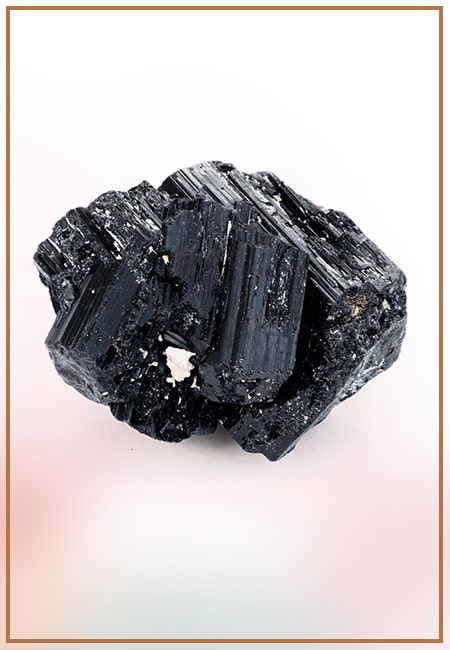
Black Tourmaline: Meaning, Healing Properties, Fascinating Facts, Powerful Attributes, Versatile Uses, and Beyond
September 05, 2023 / BY Team DWS
Black Tourmaline, also known as Schorl, is a highly revered crystal with incredible metaphysical properties. It derives its name from the Dutch word "turamali," meaning "stone with ..
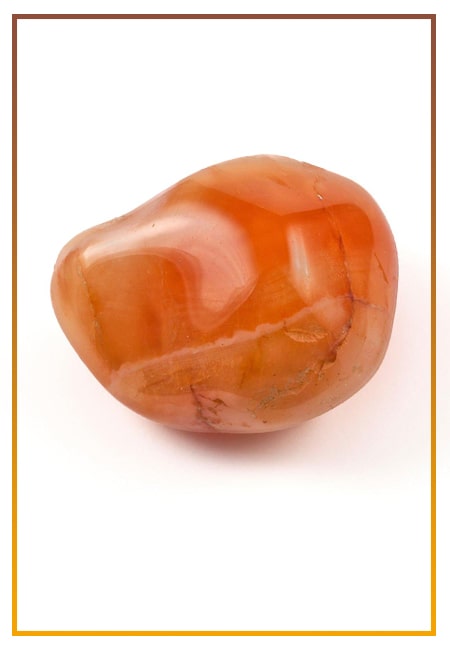
Carnelian Stone: Meaning, Healing Properties, Power, Facts, Color, Uses and More
December 26, 2023 / BY Team DWS
Carnelian is a vibrant and captivating gemstone that holds a plethora of meanings, healing properties, and powers. Its warm and fiery energy makes it a popular choice among crystal ..
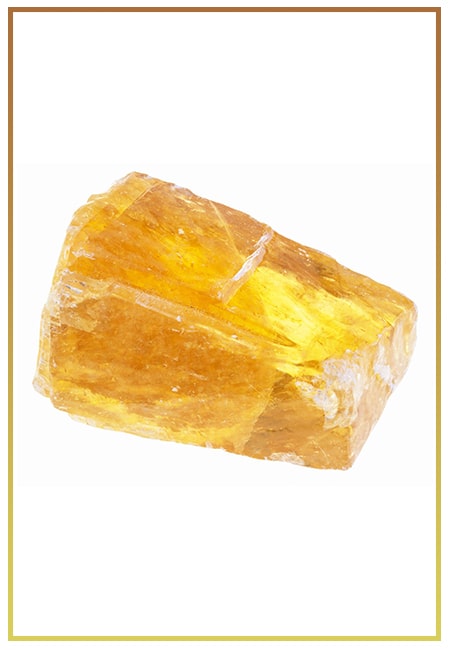
Citrine: Exploring its Meaning, Healing Properties, Fascinating Facts, Powers, Versatile Uses, and Much More
November 18, 2023 / BY Team DWS
Citrine, with its warm golden hues, has captured the attention and imagination of people for centuries. This beautiful gemstone, commonly associated with wealth and prosperity, hol ..
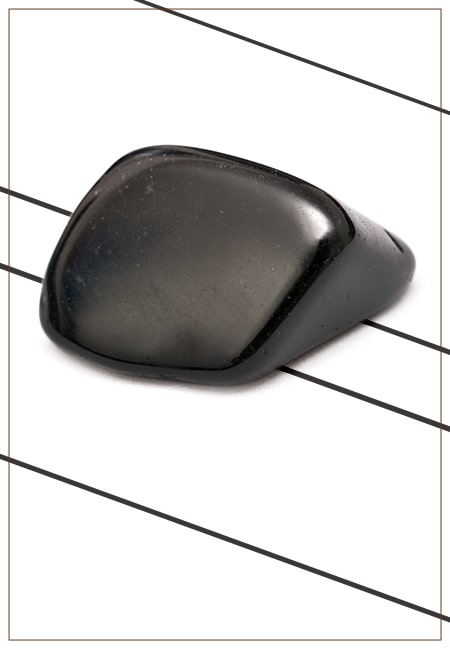
Black Onyx: Unveiling the Meaning, Healing Properties, Fascinating Facts, Powerful Attributes, Versatile Uses, and Beyond
July 25, 2023 / BY Team DWS
Black Onyx, a striking gemstone admired for its deep black hue and elegant appearance, has captivated people for centuries. In this comprehensive guide, we will delve into the mean ..
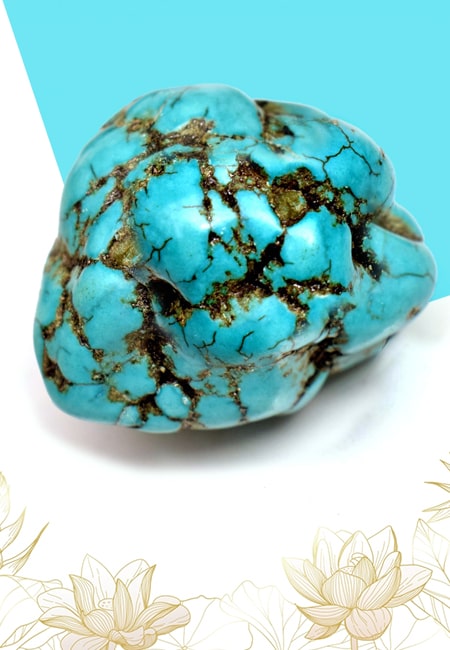
Unveiling the Mysteries of Turquoise Stone: Exploring its Meaning, Healing Properties, Power, Facts, Color, Uses, and More
December 05, 2023 / BY Team DWS
Turquoise, with its captivating blue-green hue, has been adorning jewelry and artifacts for centuries. This striking stone has a rich history, rich symbolism, and a plethora of int ..
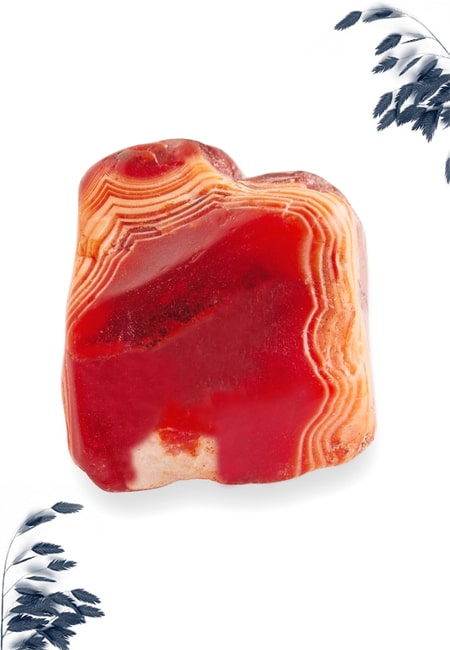
The History Behind The Popularity of Red Agate
December 23, 2022 / BY Team DWS
An Agate is a type of magma rock that takes many years till it is washed out naturally into the water. And that is the reason this stone has elements of water. This beautiful stone ..
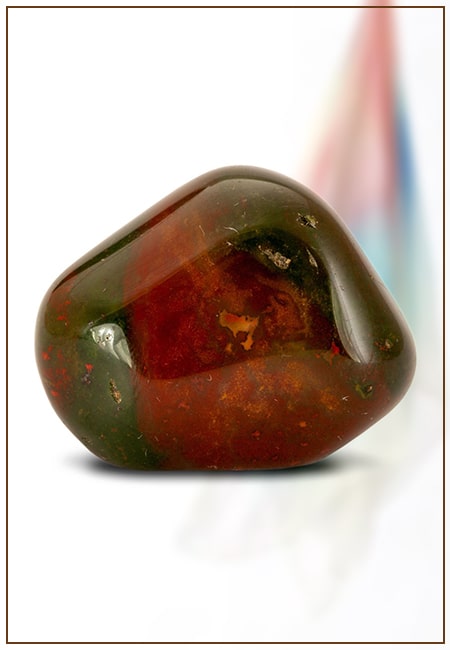
Bloodstone: Unveiling the Meaning, Healing Properties, Facts, Powers, Uses, and More
August 21, 2023 / BY Team DWS
Bloodstone, with its captivating deep green color with specks of red, is a mesmerizing gemstone that has fascinated civilizations for centuries. It possesses unique healing propert ..

Plan a Perfect Valentine's Week with Our Valentine Week List 2025
January 22, 2024 / BY Team DWS
Valentine's Day is undoubtedly the most romantic day of the year, but we believe that one day is just not enough to express your love and make your partner feel special. That's why ..


